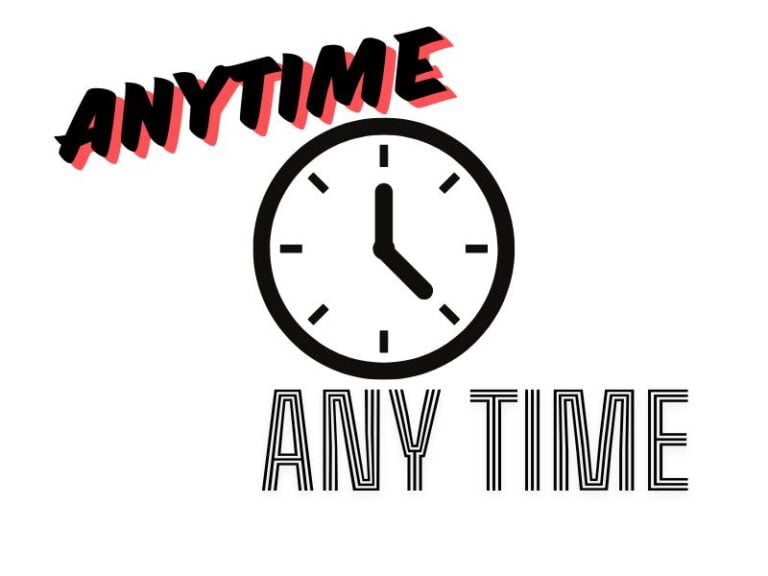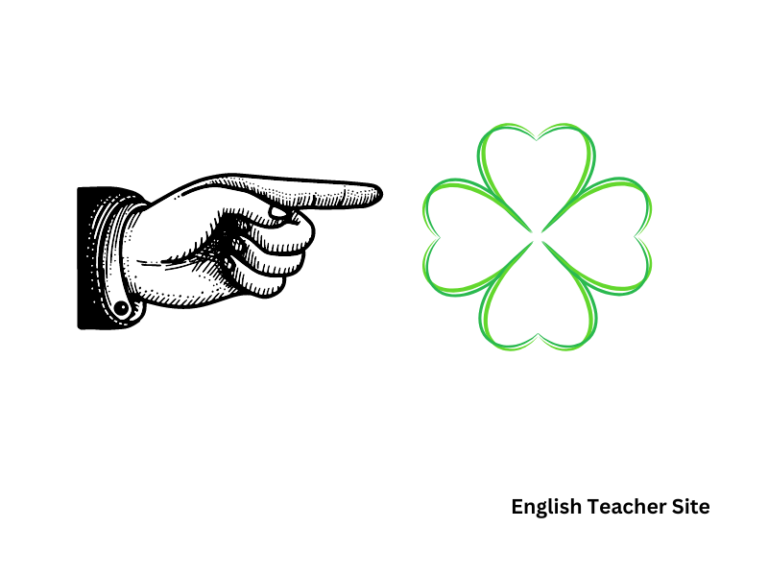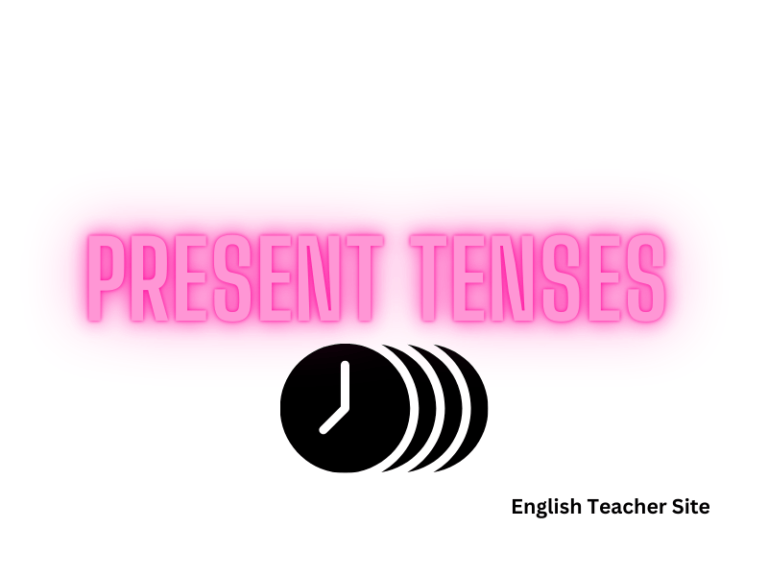Types of Irony: Understanding the Various Forms of Contrast in Literature

- Irony is a literary device that contrasts expectations with reality.
- There are three main types of irony: dramatic, situational, and verbal.
- Irony enhances communication by introducing unexpected twists and deeper meaning.
Irony is a literary device that adds layers of meaning to text and spoken language by conveying a sense of the unexpected or incongruous. At its core, irony involves a contrast between expectations and reality, often used to add complexity or create humor in various forms of discourse. It plays a fundamental role in both literature and everyday speech, enriching the way people communicate ideas and emotions.
What does irony mean?
Irony is a figure of speech in which the intended meaning of words is different from, and often opposite to, their literal meaning. It’s employed to create a contrast—between what is said and what is actually meant, or between what is expected to happen and what actually happens.
Types of Irony:
| Verbal Irony | Situational Irony |
|---|---|
| Words express something opposite of meaning | Actual events contrast with expectations |
| Often used for humor or sarcasm | Can be used for tragic or comedic effect |
| Example: Saying “Great weather!” in a storm | Example: A fire station burns down |
Considered as a multi-faceted literary device, irony comes in various forms. Each type serves a distinct purpose and gives readers insight into characters, situations, and themes.
- Dramatic Irony: The audience or reader is aware of something important, of which the characters in the story are not. This creates a suspenseful gap between the characters’ understanding and that of the audience.
- Situational Irony: It occurs when there is a discernible discrepancy between what is expected to happen and what actually happens.
- Verbal Irony: This type involves a discrepancy between what is said and what is meant. Commonly confused with sarcasm, verbal irony is broader and more complex.
Irony often reflects the complexity and subtlety of human experience, using contrast to reveal truths and character dimensions. Despite its multiple applications, effective use of irony can significantly elevate storytelling and rhetoric by introducing unpredictability and reflective thought.
Unpacking Irony
Irony is a nuanced and often misunderstood literary device that plays with expectations to create moments of humor, suspense, or reflection. Typically, irony comes in three distinct forms: verbal irony, situational irony, and dramatic irony.
Types of Irony
| Verbal Irony | Situational Irony |
|---|---|
| Words express something contrary to truth or someone says the opposite of what they really feel or mean. Often it is sarcastic. | Occurs when the actual outcome is different from what was expected. |
| Example: Saying “Lovely weather!” during a storm. | Example: A fire station burns down. |
Dramatic Irony is a form of irony where the audience is aware of a reality that differs from the characters’ perception within the work. This can create tension or comedic relief.
- Example: In Shakespeare’s “Romeo and Juliet,” the audience knows Juliet is not really dead, but Romeo does not.
Identifying Irony
When analyzing text for the presence of irony, consider the following points:
- Context: Is there a discrepancy between what is said and what is meant?
- Expectations: Does the outcome of a situation defy logical expectations?
- Audience Knowledge: Are readers privy to information that characters are not?
Applications of Irony
Writers employ irony to:
- Enhance thematic depth
- Evoke emotional responses
- Critique or satirize social norms
Through effective use of irony, a story transcends mere plot to invite deeper contemplation and connection, making irony a potent tool in the hands of a skilled writer. For more information, readers can explore MasterClass on the 3 types of irony for a thorough explanation. Additionally, Reedsy provides examples that can help in distinguishing between the different types of irony.
Exploring Irony Types
Irony can drastically transform the meaning of words and events, enriching texts with complexity and unspoken depths. This section will dissect the nuances of three primary irony types commonly encountered in literature and spoken language.
Verbal Irony
Verbal irony involves a discrepancy between what is said and what is meant. Commonly used for sarcasm or humor, it depends on the context and tone to convey the opposite of the literal statement.
- Examples of Verbal Irony include:
- A runner who just lost a race saying, “Well, I really broke a record there,” when they performed below expectations.
- During a downpour, stating, “What lovely weather we’re having,” to highlight the obvious poor weather conditions.
Situational Irony
Situational irony occurs when there is a stark contrast between the expected outcome and the actual outcome in a given situation. It often leads to surprise or a sudden realization.
- Examples of Situational Irony include:
- A fire station burning down.
- A pilot who has a fear of heights.
Dramatic Irony
In contrast, dramatic irony is where the audience is in possession of knowledge that key characters are not. It’s a powerful storytelling tool that can create suspense or sympathy.
- Examples of Dramatic Irony include:
- In a horror film, the audience knows the killer is in the house, but the protagonist does not.
- A story where a character is searching for a treasure that viewers know has already been stolen.
My name is Khamis Maiouf. I am the creator of the English Teacher Site, dedicated to providing valuable resources and insights for students around the world. With a passion for education and a commitment to helping students enhance their skills, I aim to make English teaching more effective and enjoyable for both educators and students.






